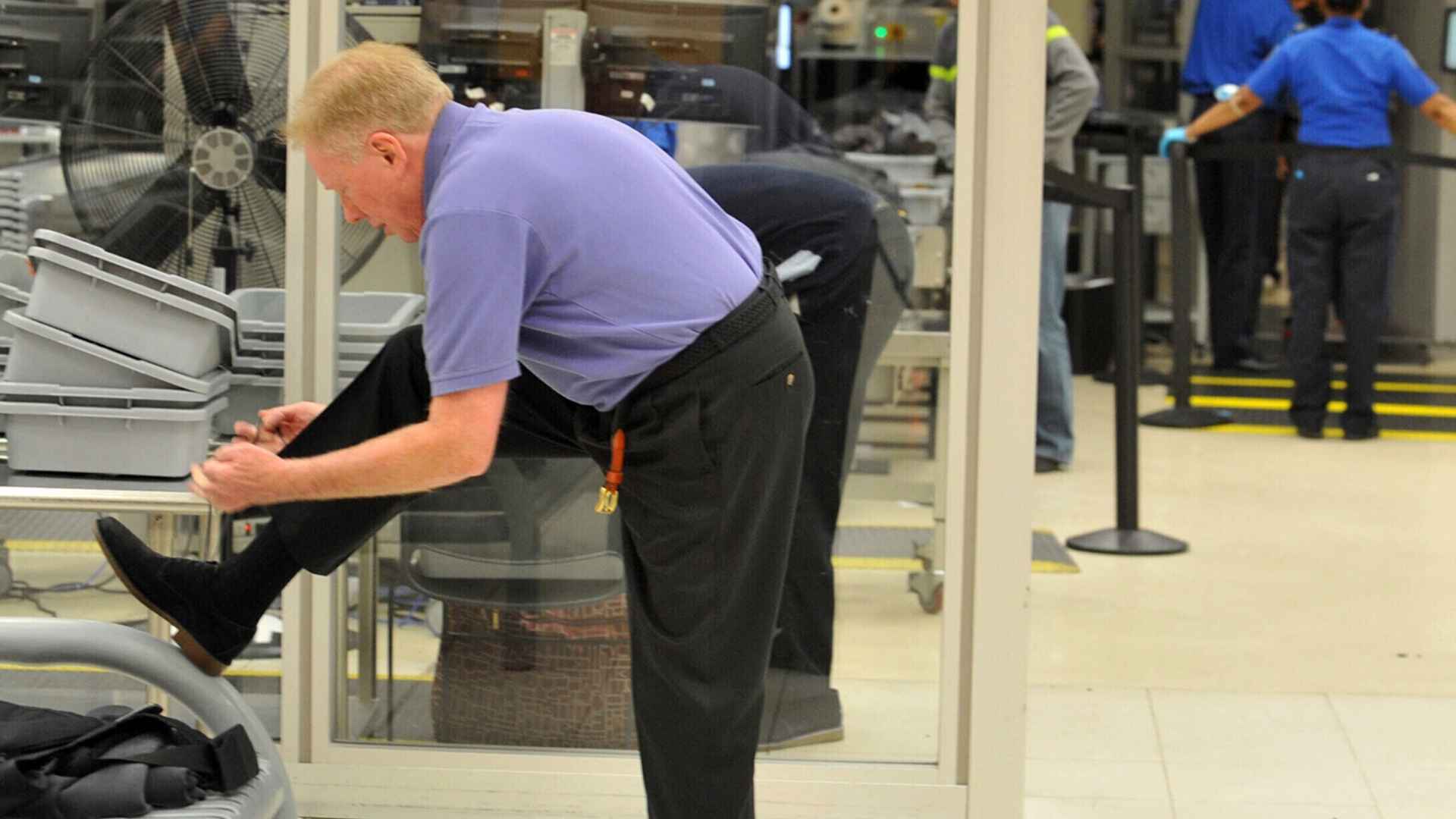All U.S. air travelers can now glide through security with footwear firmly in place, thanks to a Transportation Security Administration policy revamp rolling out Monday, July 7. The update applies at every airport, regardless of PreCheck status.
The new rule ends a 23‑year ritual introduced after the 2001 “shoe bomber” incident. Passengers once forced to untie sneakers—or juggle toddlers barefoot—may instead stride straight through scanners. TSA officials say modern imaging units can spot threats without clogging lines.
New screening equipment allows detection without footwear removal at every U.S. checkpoint
TSA’s nationwide deployment of third‑generation computed tomography (CT) scanners drives the change. These machines produce 3‑D images sharp enough to flag concealed explosives in real time, eliminating the need to isolate footwear. “When technology improves, our procedures should, too,” one senior official noted. Wondering whether your airport is ready? TSA confirms the system is live coast‑to‑coast, and agents completed training in June.
| Requirement until July 6 | Policy from July 7 |
|---|---|
| Remove shoes, place in bin | Keep shoes on during screening |
| PreCheck lanes exempt | All lanes, all travelers |
| Added step extended wait times | Expected to shorten queues |
What travelers should know about exceptions, REAL ID, and PreCheck benefits now
The only hitch involves identification. Travelers who show up without a REAL ID‑compliant license—or alternative such as a passport—will still be routed to secondary screening, where shoes may come off. Otherwise, your sneakers stay put.
PreCheck membership still offers perks like keeping laptops packed and access to shorter lines, but one of its marquee advantages has just gone mainstream. Should you renew? That depends on how much you value those remaining time‑savers. Before your next trip, double‑check:
- Your driver’s license bears the gold‑star REAL ID marking.
- Children under 12 and adults over 75 were already shoe‑removal‑exempt; the policy now matches them with the rest of us.
- International flights follow the same rule inside U.S. airports.
How the change could reshape wait times, traveler comfort, and TSA’s public image
After years of complaints about inconsistent protocols, TSA hopes this visible shift will rebuild goodwill. Industry analysts predict average checkpoint waits could drop by up to three minutes per passenger during peak holiday surges—no small feat when 2.9 million travelers fly on a single day. Could this be the first of several rollbacks? Congress is already pressing the agency to reassess laptop‑removal rules next.
Parents juggling strollers, seniors using mobility aids, and business flyers sprinting for tight connections all stand to gain. Pack light, keep your laces tied, and enjoy one less headache on the way to your gate.

